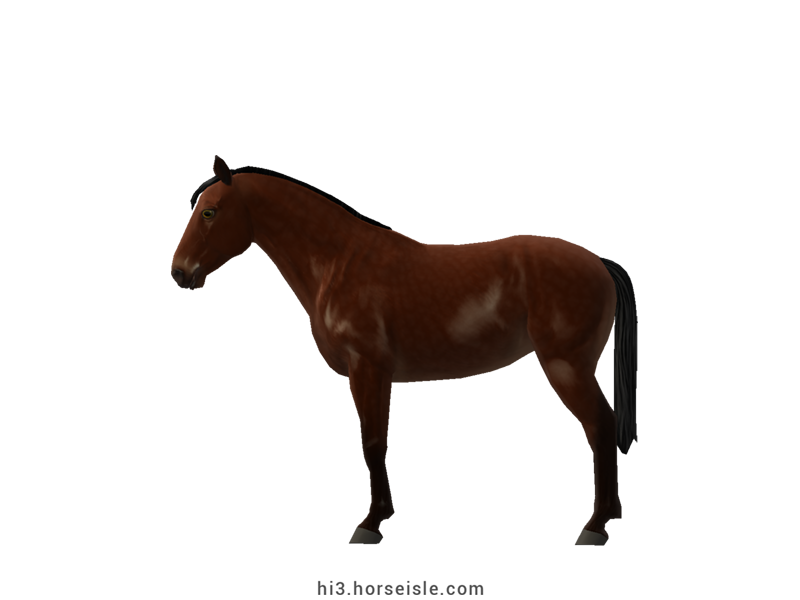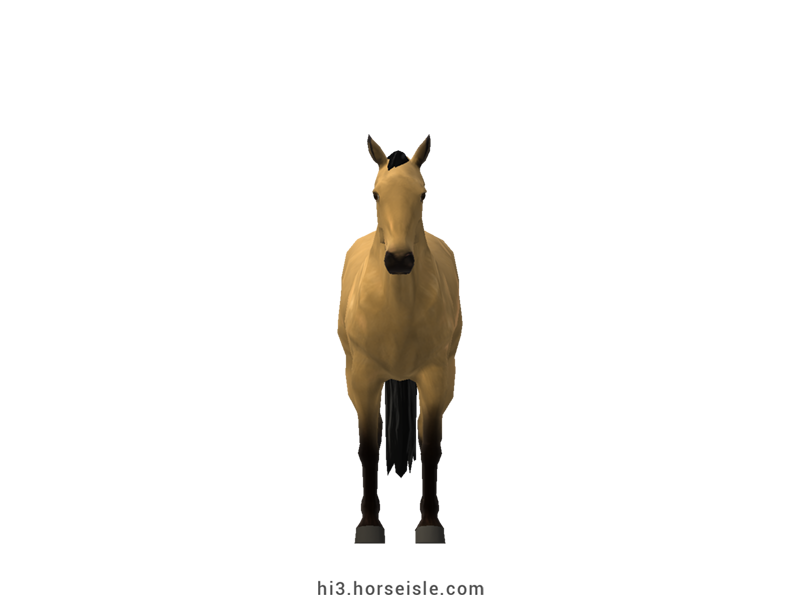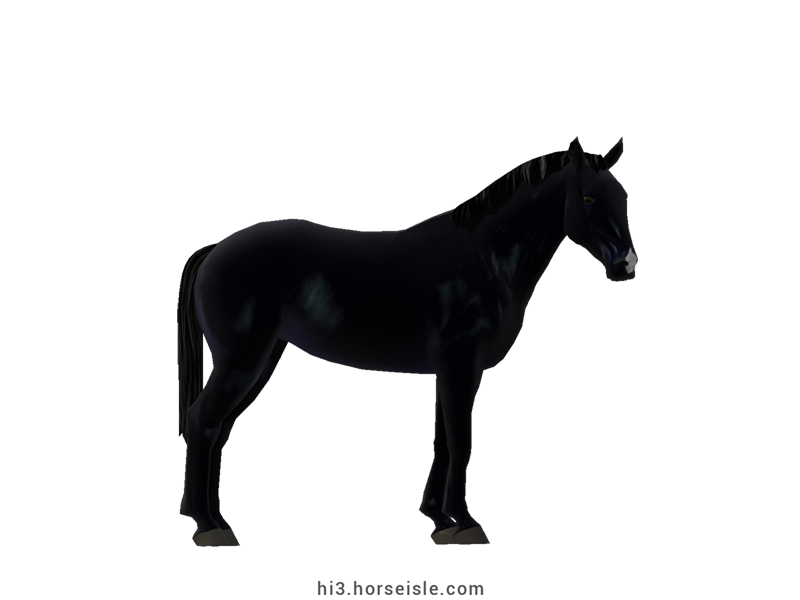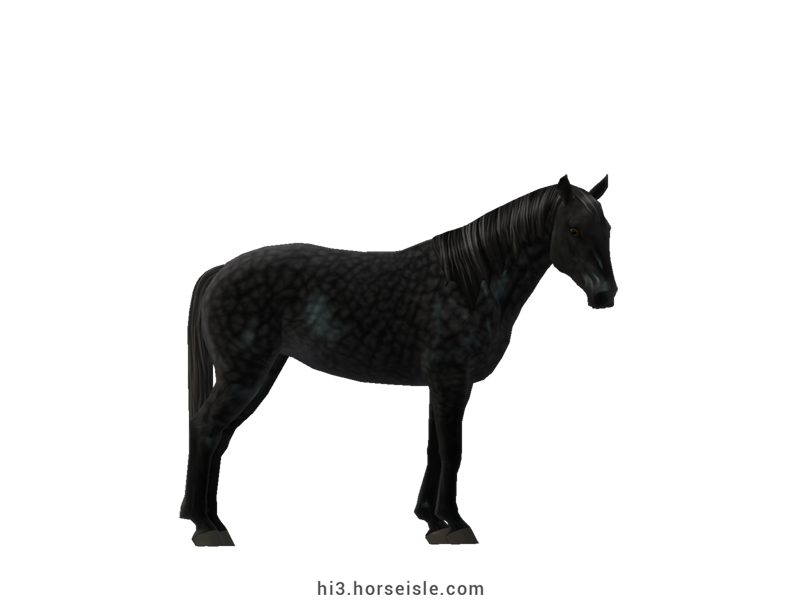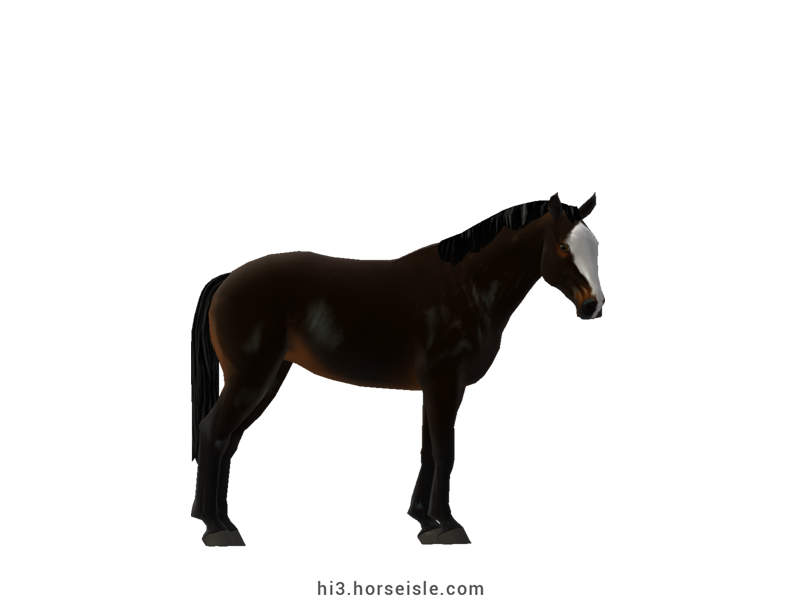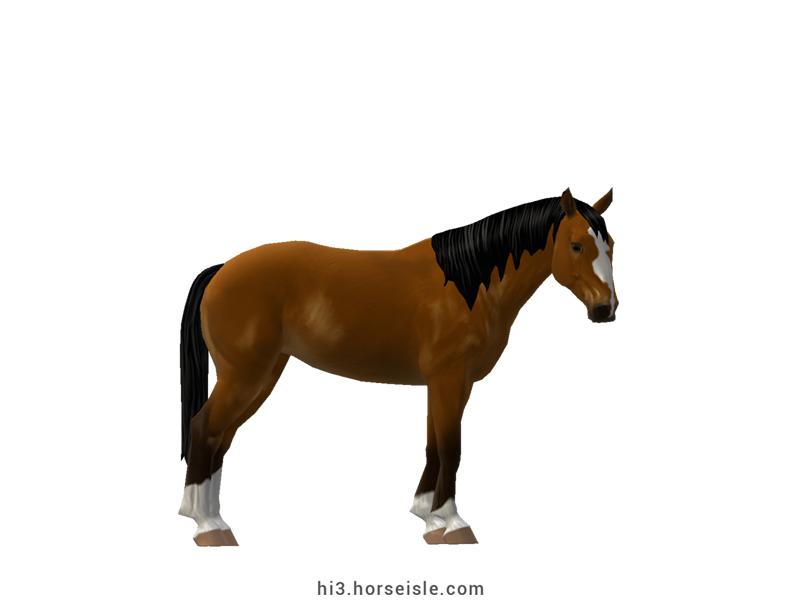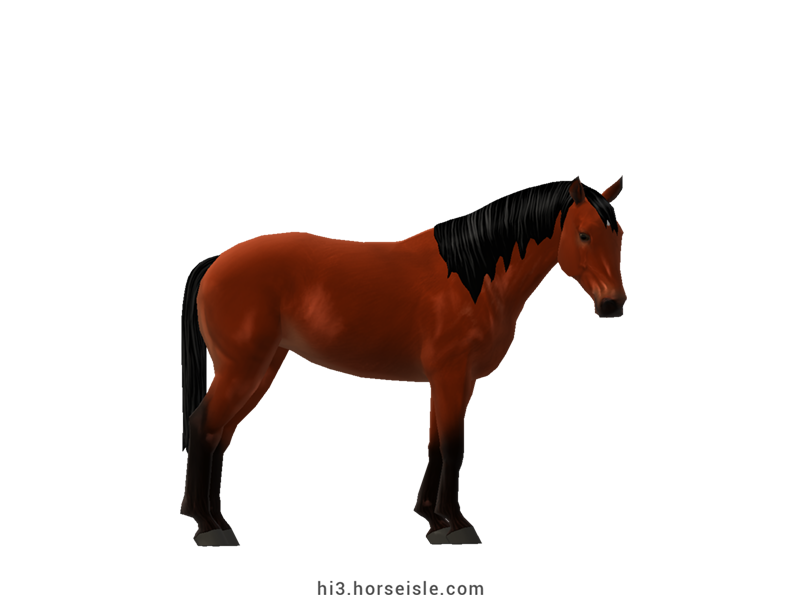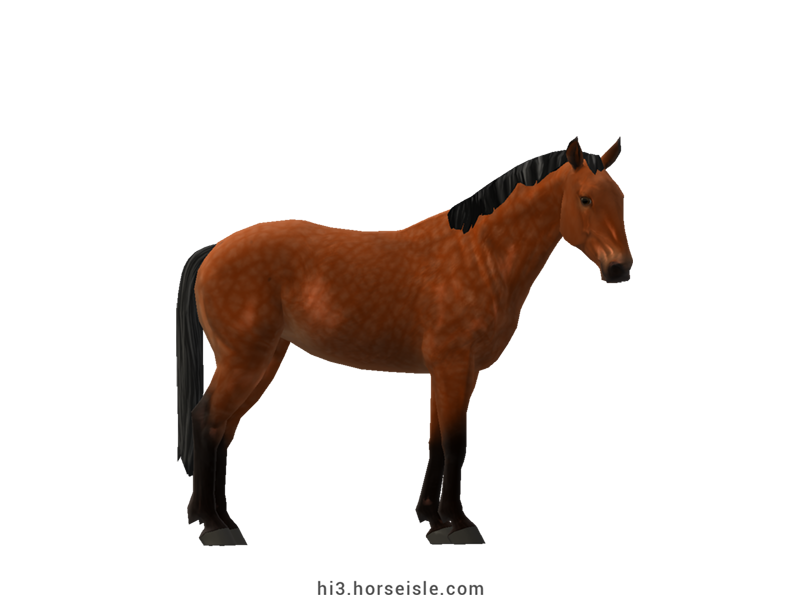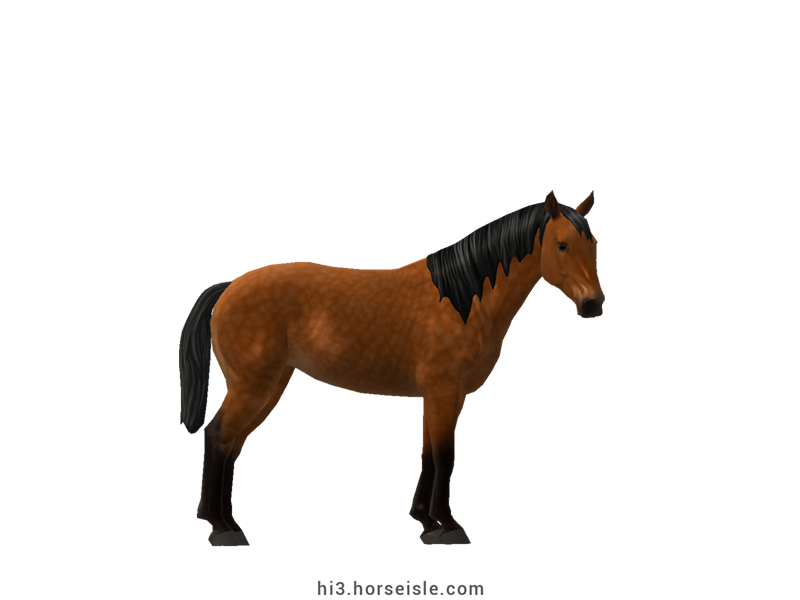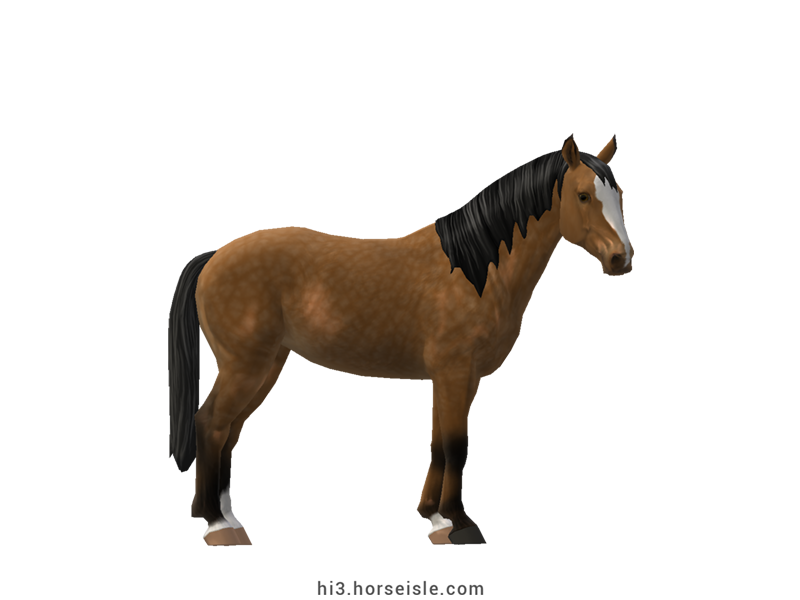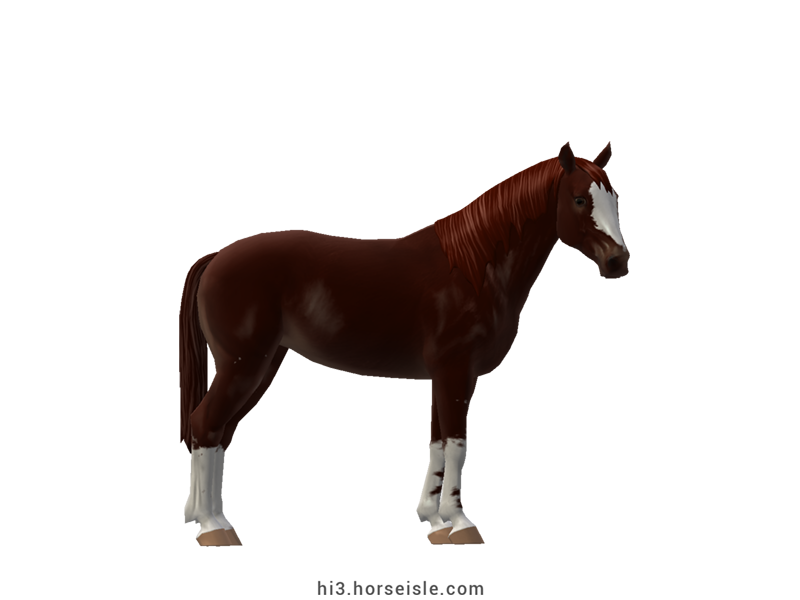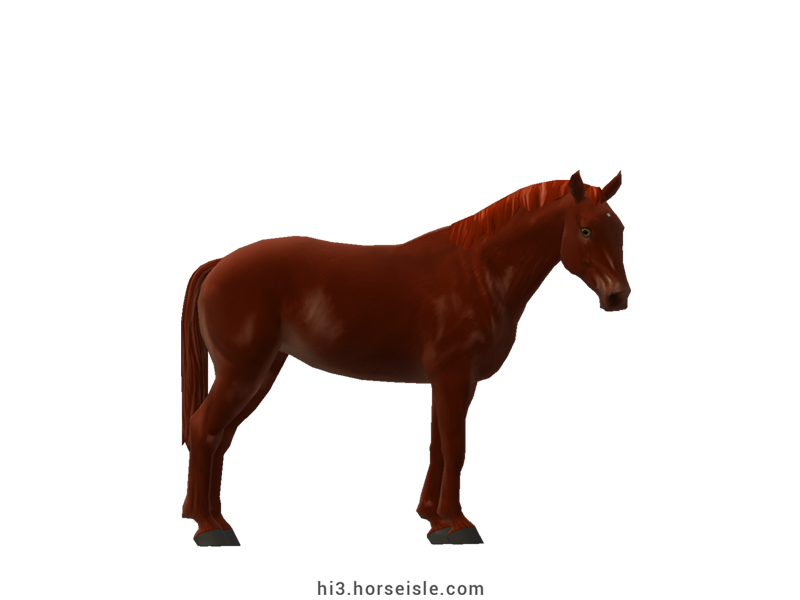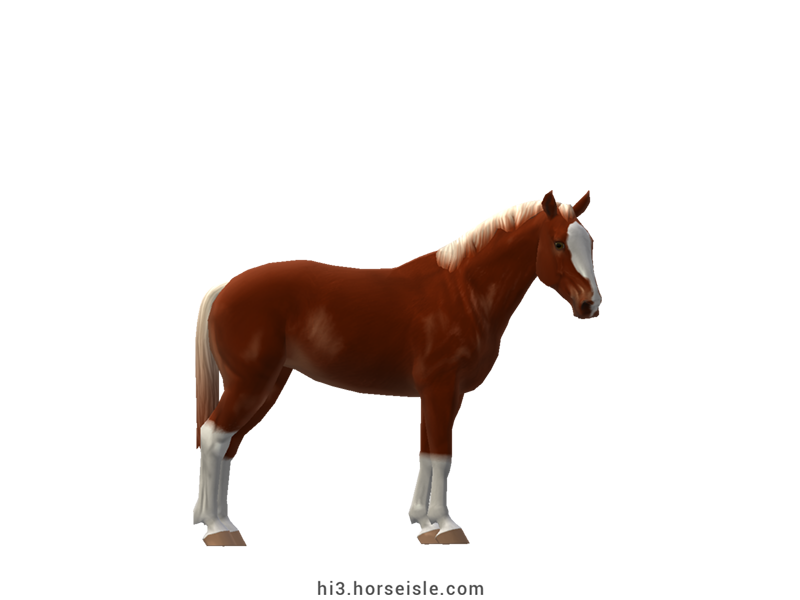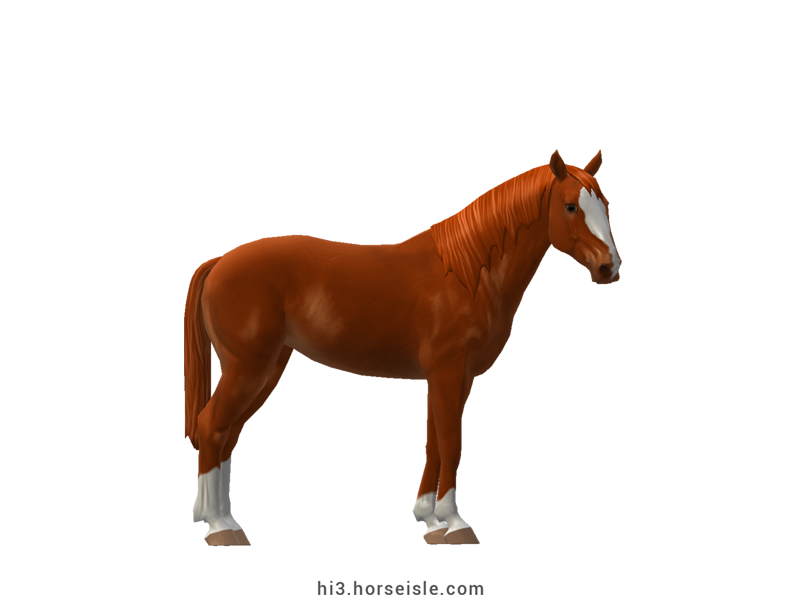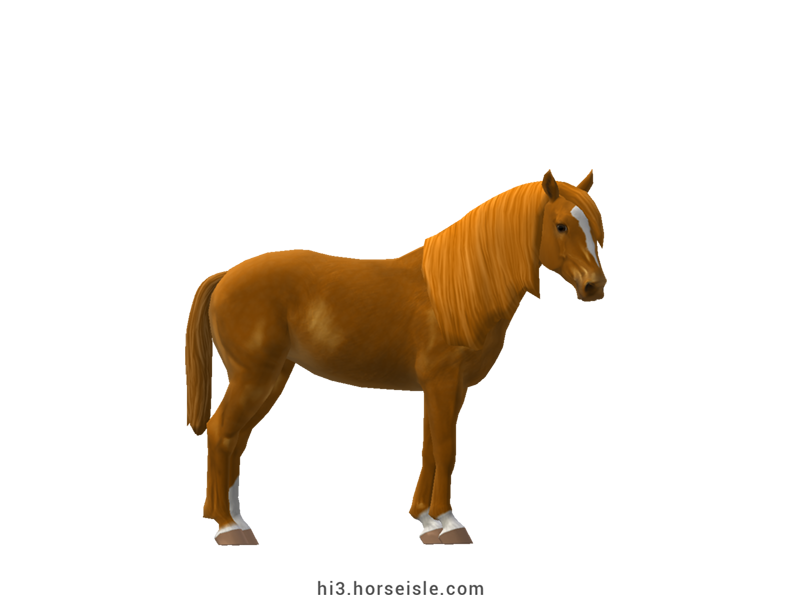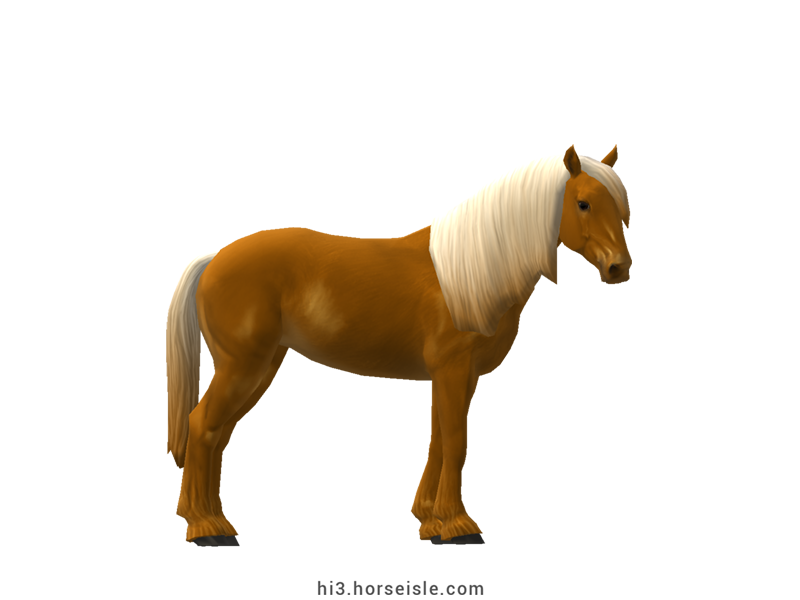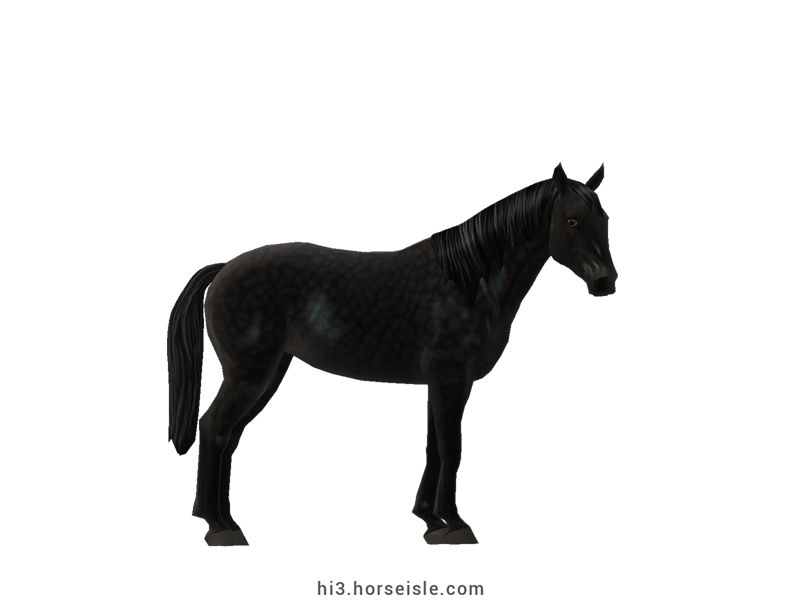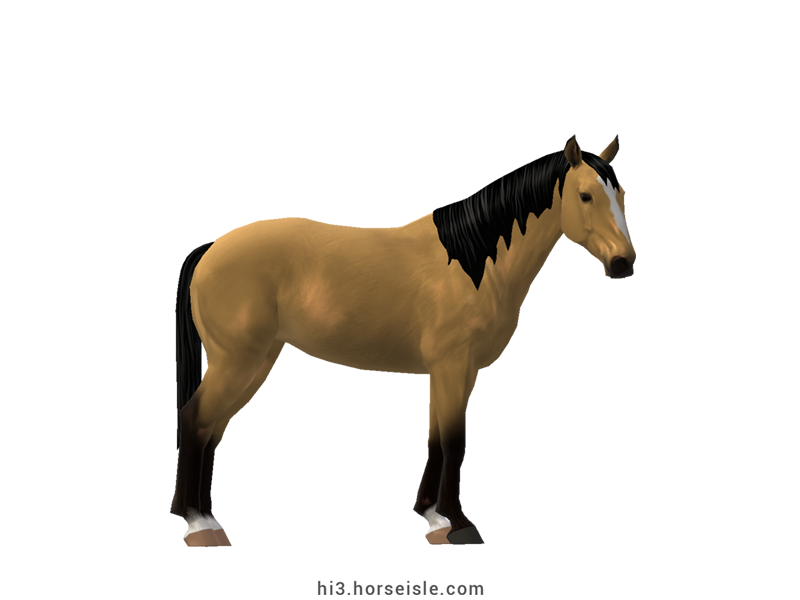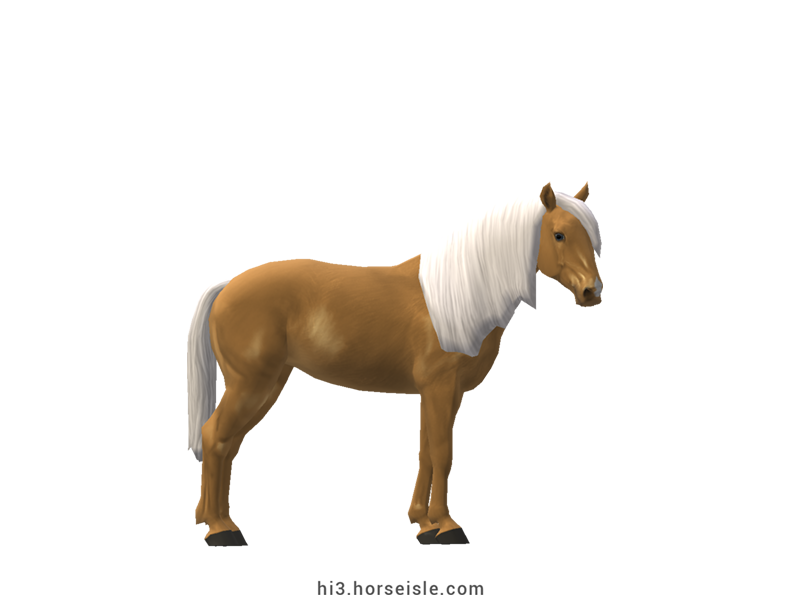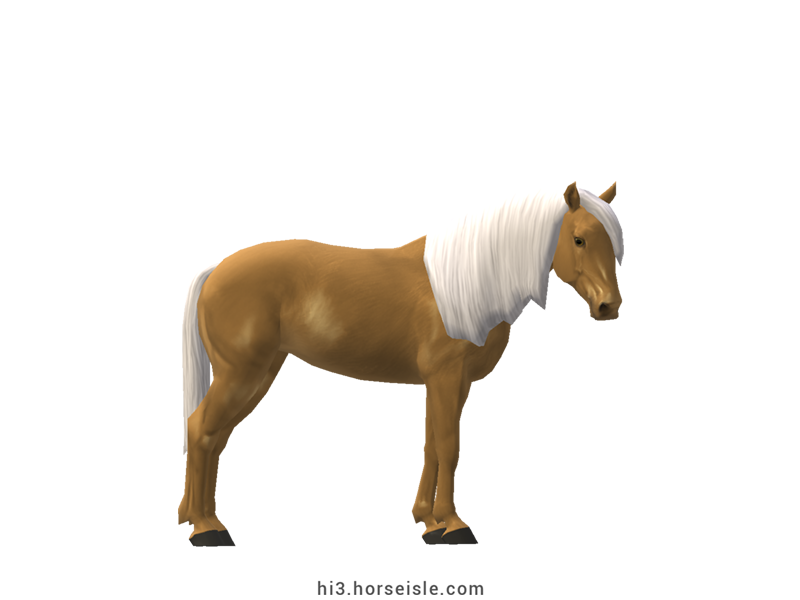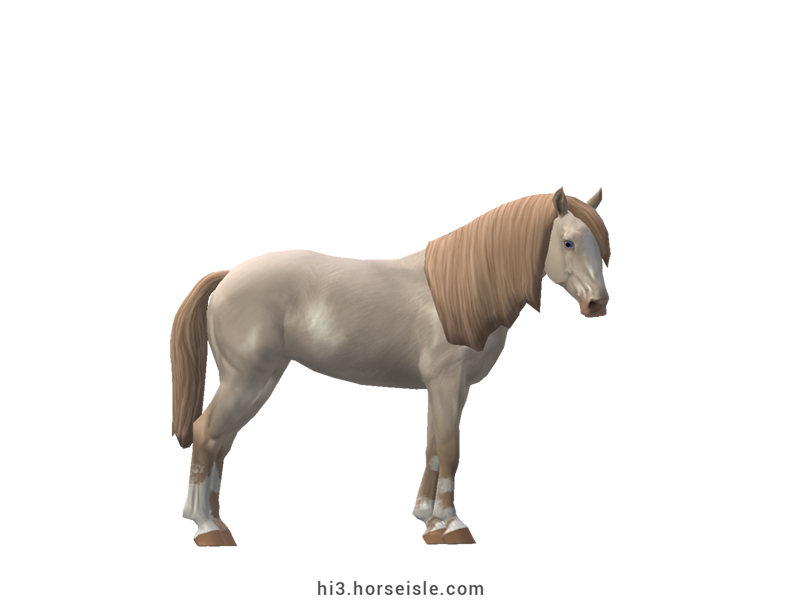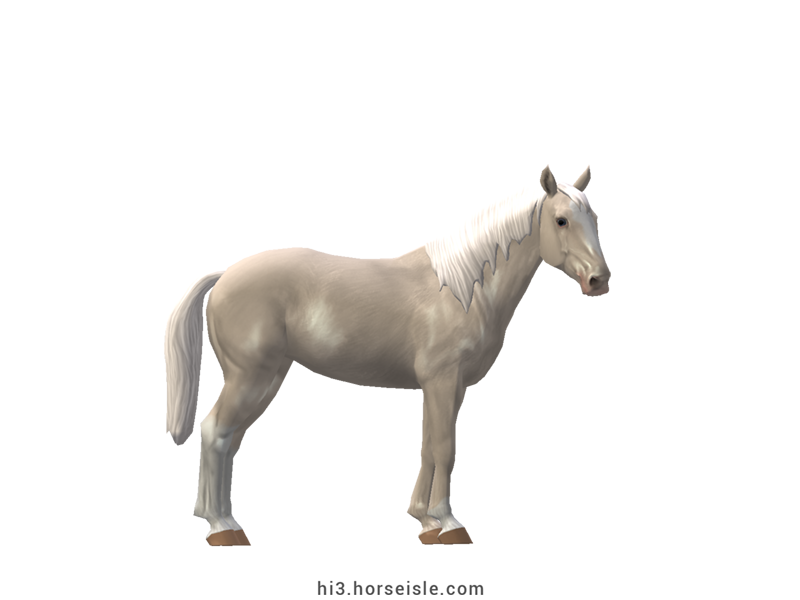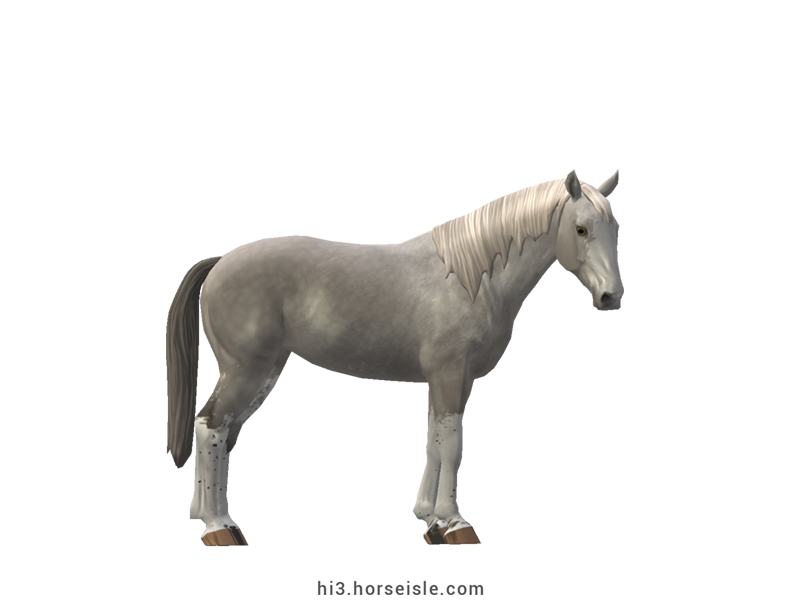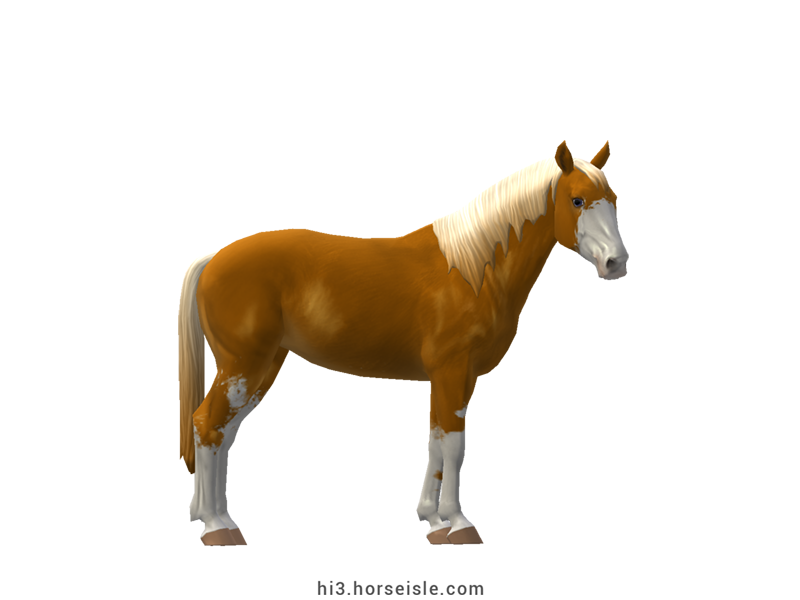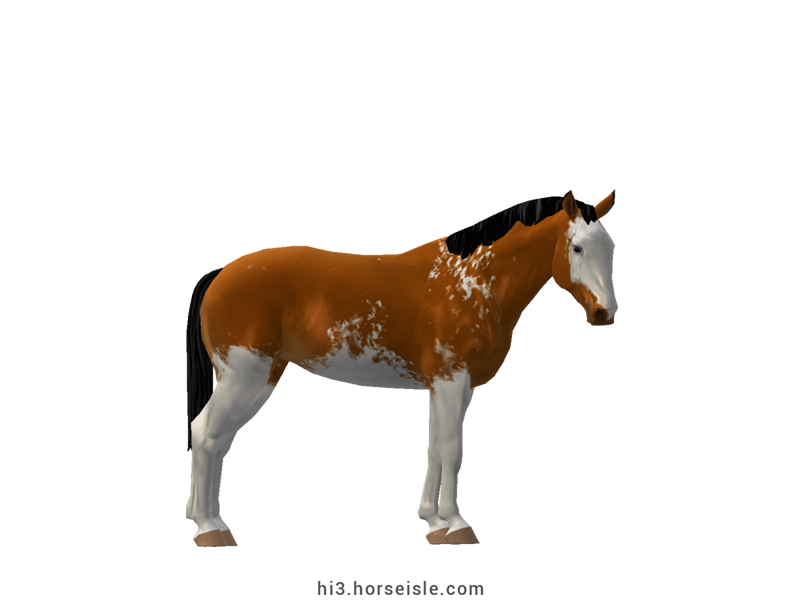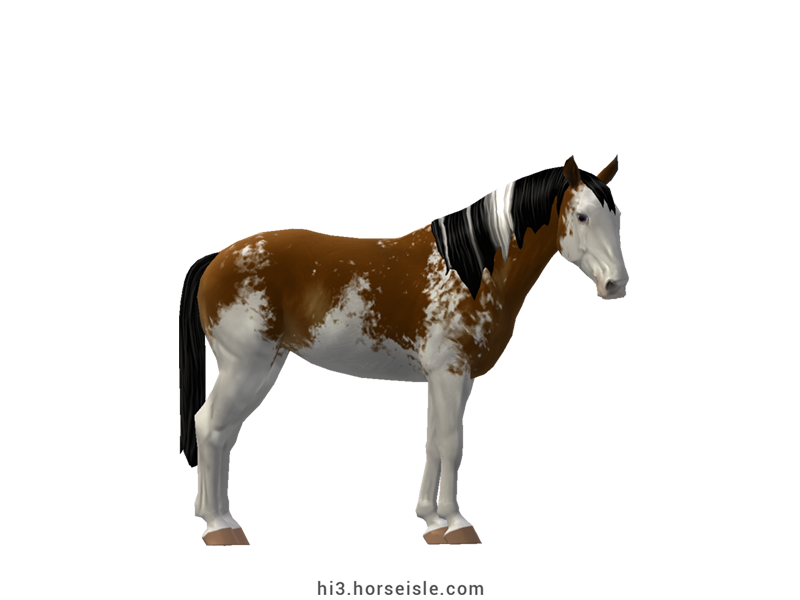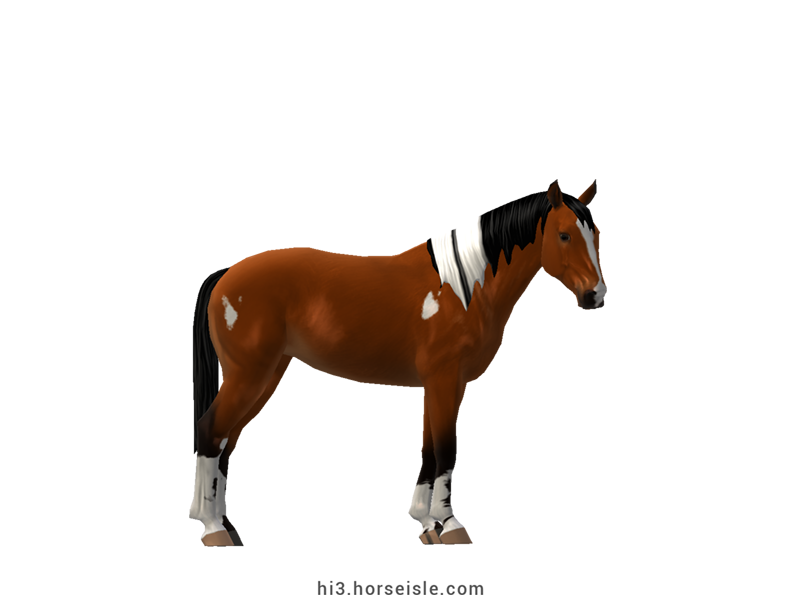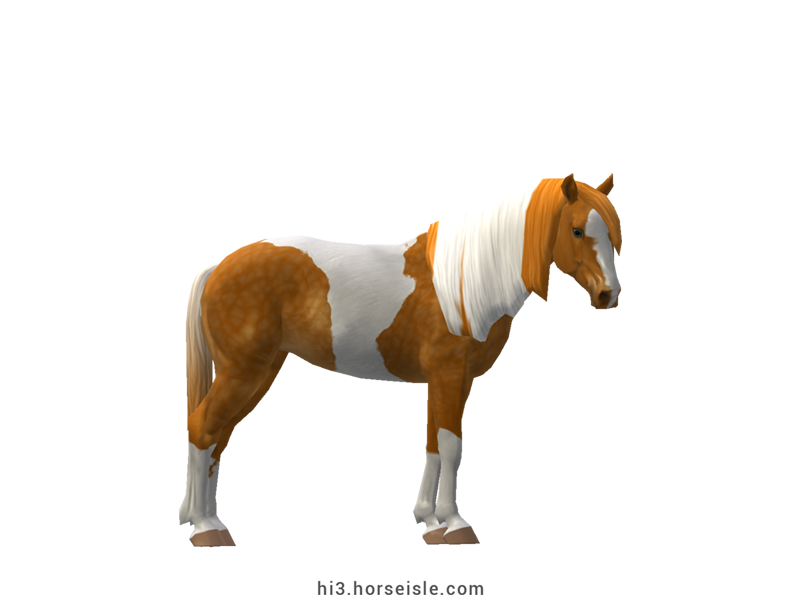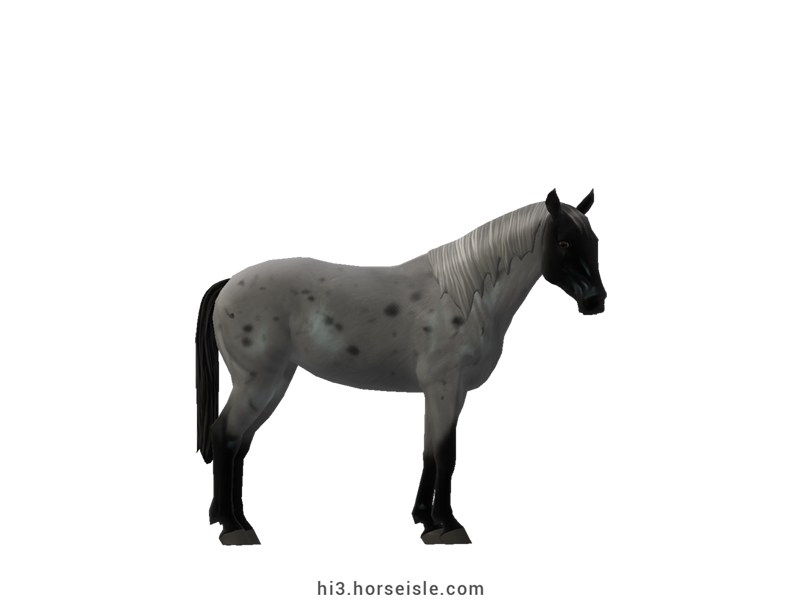Our Massive Real World Equine Reference!
[ INDEX ] Equine Type: Horse Breed: Stationbred [ PREV ] [ NEXT ]
A horse for herding:
For decades, New Zealand was famous for its flourishing sheep-farming industry, which involved tens of millions of sheep. The shepherds who managed these sizeable herds needed a reliable horse with good endurance, strength, and, above all, temperament, that they could ride. Out of this necessity, the Stationbred horse was born.
Born on a station:
Stationbreds are horses who were born on a "station", which is a large sheep or cattle farm. They were often a cross between a heavy breed, normally a Clydesdale, with a lighter breed, normally a Thoroughbred. These crossbreeds combined the calm temperament and impressive strength of the Clydesdale, with the endurance and athleticism of the Thoroughbred.
They were sturdy horses of good size, heavier than the typical sport warmblood but lighter than the Clydesdale, who could climb the steep hills of the New Zealander pastures, and clear fences and bushes when necessary.
Today, Stationbreds are still widely used in most farms in New Zealand, and are therefore bred primarily for their performance as stock horses. Some Stationbreds are gaited and make comfortable riding horses.
Common misconceptions:
There is a misconception that Stationbreds are bred only for their jumping ability, because many of them are used in show-jumping. This assumption is incorrect, because while Stationbreds are good jumpers, this breed is first and foremost a herding breed.
Another common misconception regarding Stationbreds is that any crossbred horse who was born in New Zealand is a Stationbred. This falsehood completely ignores how Stationbreds are bred. In order to be considered a Stationbred, a horse must be born on a station or be the progeny of two Stationbred parents. If a horse wasn't born on a station, or doesn't have two Stationbred parents, then they are not a Stationbred.
Breeding Stationbreds in Horse Isle:
In Horse Isle, there are no stations, and therefore the breeding guidelines for Stationbreds are a bit different than those of real Stationbreds. They rely solely on parentage and require the original ancestor of the Stationbred: the Clydesdale.
A Stationbred in Horse Isle can be created by crossing a Clydesdale with a Thoroughbred, an Anglo-Arab, a Colored Racehorse, or a Standardbred. Breeding two Stationbreds is also allowed. However, because Stationbreds usually have between 25% to 75% Clydesdale blood, then it is not allowed to cross Stationbreds with horses of other breeds.
Conformation:
The conformation of Stationbreds is a blend of the conformation of a Thoroughbred with the conformation of a Clydesdale, and can be largely described as the conformation of a heavy hunter. They can have feathering, although it is lighter than the feathering seen in Clydesdales.
Performance metrics:
The following are the: range, average, (SD), and MOE of performance metrics of ordered Stationbreds in Horse Isle (not bred ones). In rare cases,
Speed: 16.1-17.6, 16.9 (0.3), 0.07.
Sprint: 49-63, 55 (3), 0.5.
Accel: 0.79-1.03, 0.91 (0.05), 0.01.
Decel: 0.93-1.11, 1.03 (0.04), 0.01.
Jump: 5.22-5.54, 5.39 (0.06), 0.01.
Pull: 2.47-3.38, 2.94 (0.19), 0.04.
Turning: 44.24-59.42, 52.52 (3.11), 0.61.
Reverse: 2.4-3.0, 2.7 (0.1), 0.02.
Stamina: 47.00-52.81, 49.83 (1.51), 0.3.
Reaction: 0.77-0.87, 0.82 (0.02), 0.00.
Coats & Height:
Colors & patterns: all except for champagne, dun, mushroom, pearl, silver, mealy, leopard, and sabino-1.
Height: Stationbreds usually stand between 15hh and 16.2hh, but some horses are taller. In Horse Isle, they stand between 15hh and 17.2hh.
[ INDEX ] [ PREV ] [ NEXT ]

